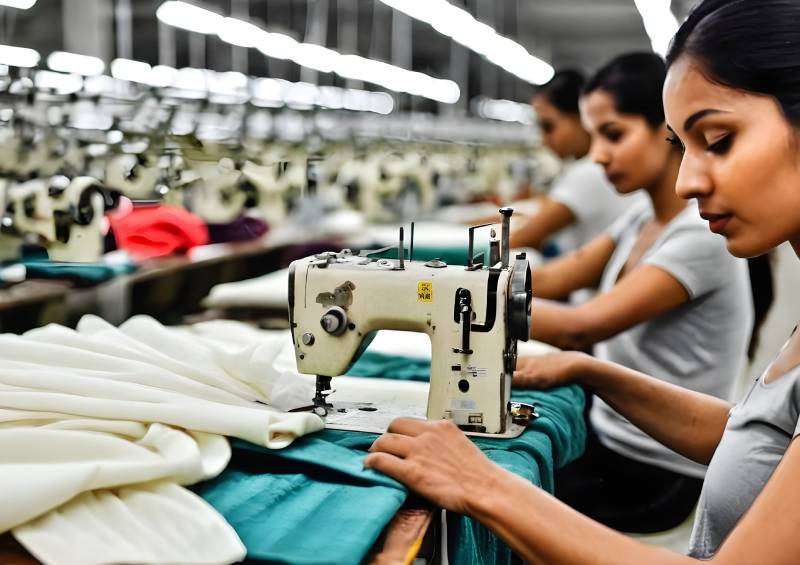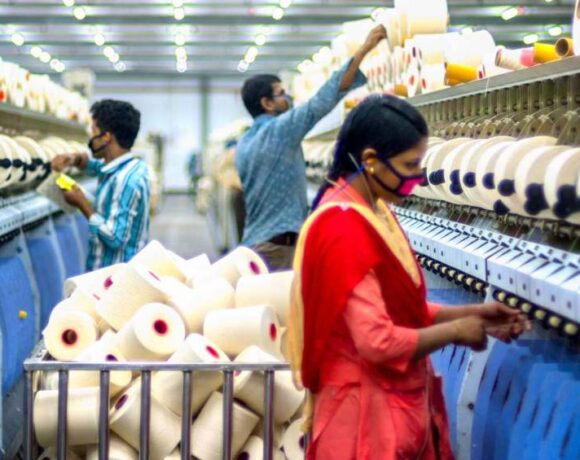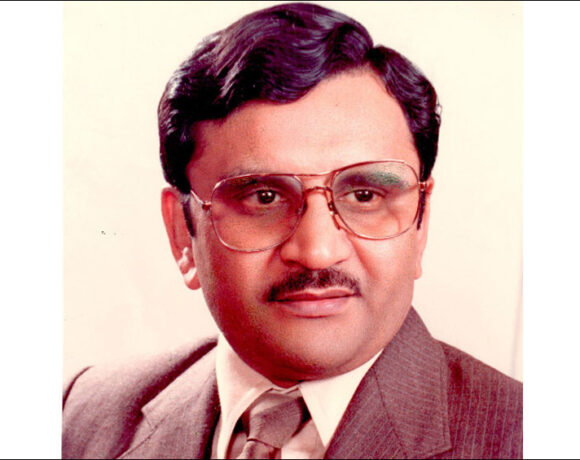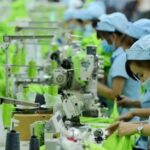Domestic T&A Industry Likely To Turn Around On Global Demand Revival

The last ITMF Global Textile Industry Survey (GTIS) was conducted in January 2024. It revealed a significant improvement in the business climate, signaling a potential turning point driven by lower inflation rates, increased real wages and consumer sentiment in the USA, alongside expectations of interest rate cuts. Business expectations for July 2024 reached a peak not seen since late 2021, fueled by improved order intakes and a more optimistic consumer demand outlook, despite ongoing cost concerns. Order intake began showing recovery signs, with notable increases across regions except East Asia, particularly in North and Central America and South America.
The average order backlog has stabilized around two months since July 2023, with no change in January 2024, while capacity utilization remained at the lowest level (67 per cent), reflecting a cautious production outlook.
Concerns over weakening demand in the global textile value chain have decreased, with a drop in respondents citing it as a main concern to 67 per cent in January 2024, the lowest since May 2023. Despite this weakening demand, the phase has led to reduced rather than cancelled orders, a departure from early pandemic responses. Inventories in the textile value chain are deemed average by 57 per cent of participants, with South Americans reporting higher levels and garment producers noting the lowest inventories, indicating a nuanced view of the current market conditions, says the ITMF report.
The ITMF findings augur well for the overall sentiment of the Indian textiles and apparel industry which for the last couple of years is desperately looking for a trigger that can pave the way for its revival. Experts and observers strongly believe that the sluggish trend has bottomed out and from here onwards things will look up gradually. The revival process will, however, take at least 6-12 months.
“Things are gradually turning out to be in the favourable zone on the global front. In the US, which is a major consumer of textiles and apparel, inflation is coming down as also other macro-economic indicators are moving into the positive zone. All this will have a positive bearing on the Indian industry as well,” says Prashant Agarwal, co-founder & Jt MD of Wazir Advisors.
Commenting on the survey, Rakesh Mehra, Chairman, Confederation of Indian Textile Industry says that the ITMF’s global survey indicates that the business solutions and order intakes have increased in January 2024 and respondents feel optimistic about the prospects of 2024. India being an important player in the global textile industry is also expected to witness the same positive trend in the future. However, the present exports of India are somewhat contradictory, which shows that India’s exports of textile and apparel have declined by about 6 per cent during April 23-Jan 24 as compared to Apr 22-Jan 23. As the conditions improve globally during 2024, the Indian industry will also definitely show good growth.
“The forecast of improvement in the textile business over the next two to four quarters, as indicated by the ITMF survey, suggests potential growth and recovery in the industry. The interplay between the improvement in the textile business forecasted and the role of US consumer sentiment is crucial. Consumer sentiment in the US often serves as a key indicator of spending patterns, which directly influences demand for textiles and apparel,” says Updeep Singh, textile industry expert.
“Positive consumer sentiment can drive increased purchasing activity, supporting growth in the textile industry. However, factors such as economic uncertainty, inflation and changes in consumer behaviour could also impact sentiment and, consequently, textile business performance. Therefore, closely monitoring consumer sentiment alongside other market indicators will be essential for assessing the trajectory of the textile industry in the coming quarters,” adds Singh.
Balkrishan Sharma, Business Head and Chief Executive-Yarn, RSWM Ltd says: “I’m feeling pretty optimistic about the economic landscape lately, especially when I look at those key indicators. It’s like we’re finally seeing some light at the end of the tunnel. I mean, better inflation rates, real wages ticking up and folks feeling more confident about spending. That’s definitely a mood lifter.”
“Talking about the US, seems like things are really picking up there, with consumer sentiment getting stronger and whispers of interest rate cuts in the air. That’s some good news. But it’s not just the States. Even globally, the textile industry seems to be bouncing back. It’s like everyone’s getting their groove back, responding smartly to what people want and need. Sure, there are still concerns lingering about costs, but overall, the vibe feels pretty positive. Hope this momentum keeps on going,” concludes Sharma.
“I feel we have bottomed out and here onward, things are going to look up only. The whole process of revival may take at least couple of quarters. The US market is showing signs of improvement and that is certainly a very positive indicator for the global textile trade. The Indian industry must gear up to cater to the global demand in a competitive manner,” says Gurudas Aras, former director, ATE group and strategic advisor to ITA Group (Germany), Rabatex Industries and Piotex Ventures.
S K Sundararaman, Chairman, The Southern India Mills’ Association, also feel that there are signs of revival and the industry can expect a turnaround soon.
“It is encouraging to note that there is a symptom of revival in the US consumer sentiments that might improve the market sentiment in the US. This might greatly help us to increase our exports to the US, particularly home textiles. During the last two months, the enquiry is better and home textiles manufacturers stared taking up orders. Since made-ups segment predominantly use PIMA, GIZA cotton, the removal of 11 per cent import duty on ELS cotton would improve the competitiveness,” states the SIMA chief.
“With regard to the UK, though imports from different countries are on the downward trend, Indian manufacturers are able to sustain the orders, particularly clusters like Karur that manufactures predominantly recycled textile products like kitchen linen. If the FTA with UK is concluded, clusters like Karur will have the potential to double the exports. EU market continues to have downward trend. Stability and competitive domestic cotton prices is also favouring the market to revive,” adds Sundararaman.
Meanwhile, India’s export of textiles and allied products including RMG during December 2023 has increased by around 4.4 per cent to $ 2890.50 million as against $ 2768.36 million. On the cotton front, export of cotton yarn, cotton fabrics, made-ups, etc., RMG of cotton including accessories and cotton raw including waste during December 2023 registered a growth of around 8%, 5%, 7% and 5%, respectively, when compared to April 2023 export figures.















